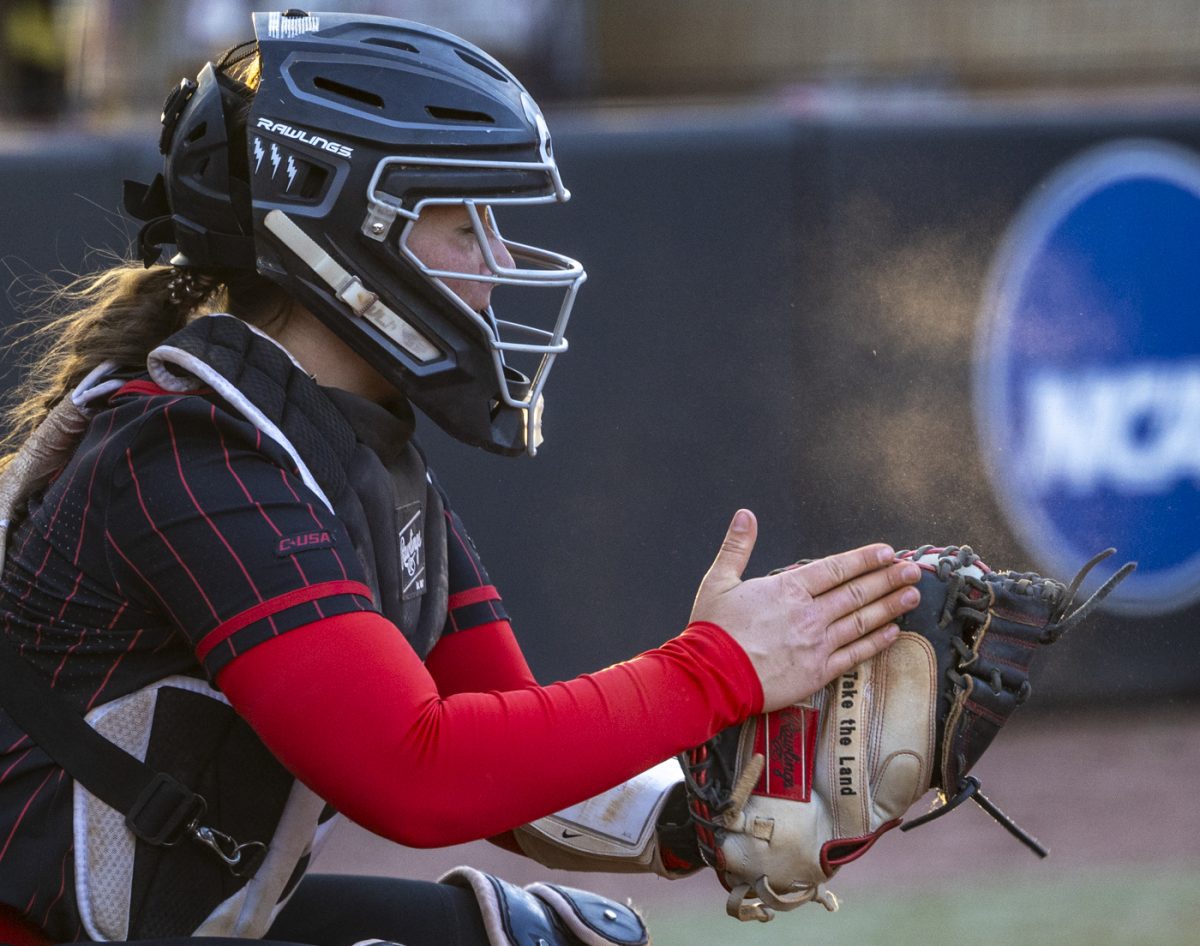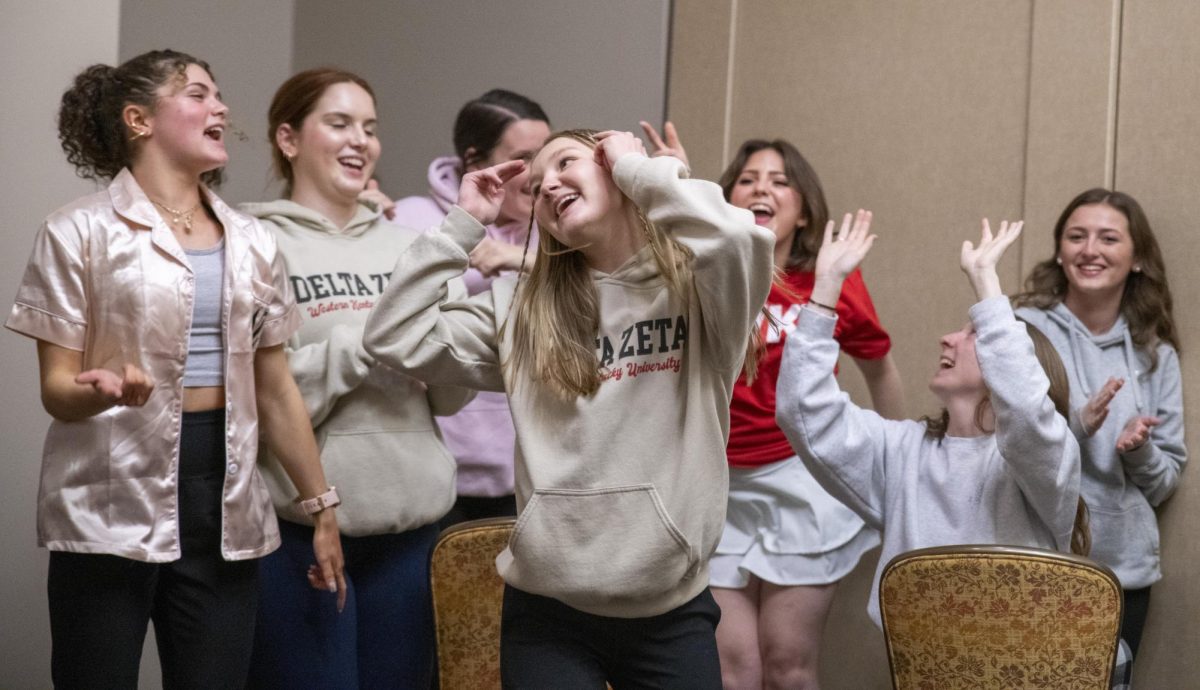OPINION: Lesser-known women in history and why you should care
April 4, 2022
Every year, March is designated as Women’s History Month. During the month, we celebrate women and the contributions, accomplishments and achievements they’ve made over the course of history.
Here are five lesser-known women who have changed the course of history in their respected fields.
Mary Lyon
Mary Lyon was a pioneer in women’s education.
Lyon was born on Feb. 28, 1797 in Buckland, Massachusetts. She began teaching at the age of 17 to earn money to continue her own education. Between 1817 and 1821, she pursued her own education then taught for another three years and opened her own school in Buckland.
Lyon next went to Ipswich Female Seminary where she spent six years. Lyon’s left Ipswich in 1834 to fund her own permanent institution of higher education for women.
Mount Holyoke Female Seminary opened on Nov. 8, 1837. A year later, places at Mount Holyoke were in high demand; nearly 200 women applied for entrance.
Lyon, a chemistry teacher, was an educator ahead of her time. Her interest in the sciences and her high expectations for women sparked a tradition of leadership in science education that continues to this day at Mount Holyoke.
Lyon was also involved in the establishment of Wheaton Female Seminary as she took on the role as a consultant. In that role, she devised a set of rules and drafted the first curriculum.
Lyon’s movement and impact on women’s education was felt all across the U.S. and the world.
Lillian Wald
Lillian Wald was born in Cincinnati, Ohio on March 10, 1867. Wald and her family moved from Cincinnati to Rochester, New York where she was educated at an English-French boarding school.
At the age of 16, Wald applied to Vassar College but was rejected due to her age. Shortly after, she attended the birth of her sister’s child. It was at that moment when she decided to pursue a career in nursing.
Wald enrolled in the nursing program at the New York Hospital Training School in 1889. She graduated in 1891 and went to work as a nurse at the New York Juvenile Asylum. Wald quickly became disappointed with the methods of caring for the children.
In 1899, Wald helped initiate a series of lectures to educate prospective nurses at Columbia University’s Teachers College. This series led to the formation of the University’s Department of Nursing and Health in 1910. In 1912, the Organization of Public Health Nurses was formed with Wald as its first president.
Wald found her way to nursing the people in the Lower East Side of New York after she saw the miserable living conditions of the immigrants. As her work gained traction and she gained financial support, her staff increased to four nurses and later moved her office to 265 Henry Street in 1895. It still operates today as the Henry Street Settlement.
As it continued to grow, they not only addressed medical needs but taught basic sanitation, cooking and sewing. Her ideas and recommendations prompted the New York Board of Health to organize the first public health nursing service in the world, the Visiting Nurse Service of New York.
Wald also convinced Metropolitan Life Insurance Company to provide nursing insurance, and other insurance companies followed its lead. She also saw a need for a recreational and cultural center and opened the Henry Street Neighborhood Playhouse in 1915.
She became active in the labor movement and helped start the Women’s Trade Union League in 1903 and was also one of the founders of the National Association of the Advancement of Colored People. In 1914, she joined the Women’s Peace Party and helped organize the Women’s International League for Peace and Freedom.
Historians regard Lillian D. Wald as the founder of modern-day public health nursing.
Muriel Siebert
Muriel Seibert was a Wall Street Broker that was known as the First Woman of Finance. She became the first woman to become a member of the New York Stock Exchange, and the first woman to become the superintendent of banking for New York State.
Siebert was born on Sep. 12, 1928 in Cleveland, Ohio to Margaret and Irwin Siebert. In 1940, she began attending Western Reserve University. It was at university when she took business classes and was often the only woman in her class.
In 1954, Siebert moved to New York and got her first job training as a researcher for Bache & Company. By the mid 1960s, her friend Gerald Tsai advised her to buy a seat on the New York Stock Exchange. She was hesitant, but later applied to buy a seat.
No one would sponsor her until the tenth person she asked agreed to. Raising enough money to buy the seat was the next step. Eventually, Chase Manhattan would loan her the money and on Dec. 28th, 1967, she became the first woman to buy a seat and become a member of the exchange.
Siebert started Muriel Siebert & Company in 1969 and was the only woman out of 1,365 men on the stock exchange for ten years. In 1977, Gov. Hugh L. Carey selected her to become New York’s first female superintendent of banking.
While in this position, no banks had to be shut down. She also directed New York City’s Municipal Credit Union, Urban Development Corporation, and Job Development Authority. Seibert ran for senate as a Republican but came in second place out of three candidates,
She started the Siebert Entrepreneurial Philanthropic Plan in 1990 to help buyers give money to charities. Siebert was recognized for her work and was inducted into the National Women’s Hall of Fame in 1994. In 1998, she became the president of the New York Women’s Agenda.
Siebert received an honorary doctorate degree from Wagner College in 2010 and had been given a total of 17 honorary doctorates.
After her death, the New York Stock Exchange named a room after her. Siebert Hall was the first time a room at the stock exchange has been named after a person.
Mae C. Jemison
Mae C. Jemison was born on Oct. 17, 1956 in Decatur, Alabama. A few years after she was born, her family moved to Chicago.
Mae knew she wanted to study science from a very early age since watching the Apollo airings on T.V. Jemison took inspiration from actress Nichelle Nichols who played Lt. Uhura on the Star Trek T.V. show.
Jemison graduated from Morgan Park High School in 1973 when she was 16 years old and left Chicago to attend Stanford University.
She experienced racial discrimination in school by being one of the only African Americans in her class. Jemison became president of the Black Student Union and choreographed a production called Out of the Shadows about the African American experience.
Jemison graduated in 1977 with a Bachelor of Science degree in Chemical Engineering and a Bachelor of Arts degree in African and African-American studies. Afterwards, Jemison attended Cornell Medical School. She graduated from Cornell with a Doctorate in Medicine in 1981.
Jemison applied to the astronaut program in 1985, but after the Space Shuttle Challenger exploded in 1986, NASA took a break from accepting new people. However, Jemison applied again in 1987 and was one of the 15 people chosen out of over 2,000 applications.
After being selected, she received her first mission on September 28, 1989 when she was selected to join the STS-47 crew as a Mission Specialist.
On September 12, 1992 Jemison and six other astronauts went into space on the space shuttle Endeavor. This made Jemison the first African American woman in space. The team made 127 orbits around the Earth and returned to the Kennedy Space Center in Florida on September 20, 1992.
Jemison left NASA in 1999 and started The Jemison Group, a company that encourages science, technology, and social change. She also began teaching environmental studies at Dartmouth College and directed the Jemison Institute for Advancing Technology in Developing Countries.
In 1994, Jemison created an international space camp for students 12-16 years old called The Earth We Share. She also created a nonprofit organization called the Dorothy Jemison Foundation for Excellence.
Jemison is a member of the National Academy of Sciences’ Institute of Medicine and has been inducted into the National Women’s Hall of Fame, National Medical Association Hall of Fame and Texas Science Hall of Fame. She has received multiple awards and honorary degrees including the National Organization for Women’s Intrepid Award and the Kilby Science Award.
Margaret Munday
Margaret Munday is one of WKU’s very own.
Munday is a Logan County native who grew up in Auburn in a house by a creek. She attended Auburn Training School and Knob City High School in Russellville, KY.
Margaret originally enrolled at Kentucky State College, a historically African-American school, but wanted to be closer to home. On Sep. 15, 1956, after Western Kentucky State College and Kentucky’s other higher education institutions were desegregated, Munday transferred from Kentucky State and enrolled at Western Kentucky State.
Munday and her family had met with Thompson prior to her enrollment and received support from the president. She commuted from her family’s house in Auburn her first two years, then boarded with the family of professor H.F. McChesney her final two years.
During her time, Munday studied music and elementary education as she was a part of the Western Chorus.
Munday taught school at Johnstown School in Olmstead, KY after graduating in 1960. In 1964 she became the first black teacher at Auburn High School. In 1995, she retired after more than 30 years as a music and chorus teacher.
She was the director of the Union District Youth Choir for 15 years. Munday received several state and regional music association awards. In 1999 she was honored by WKU’s Society of African American Alumni at its Spring Celebration.
Make sure to learn about these and other innovative, distinguished, extraordinary and unique women not just in March, but in every month of the year!
Commentary writer DJ Stover can be reached at david.stover976@topper.wku.edu. Follow him on Twitter @DeJayeJJ.













